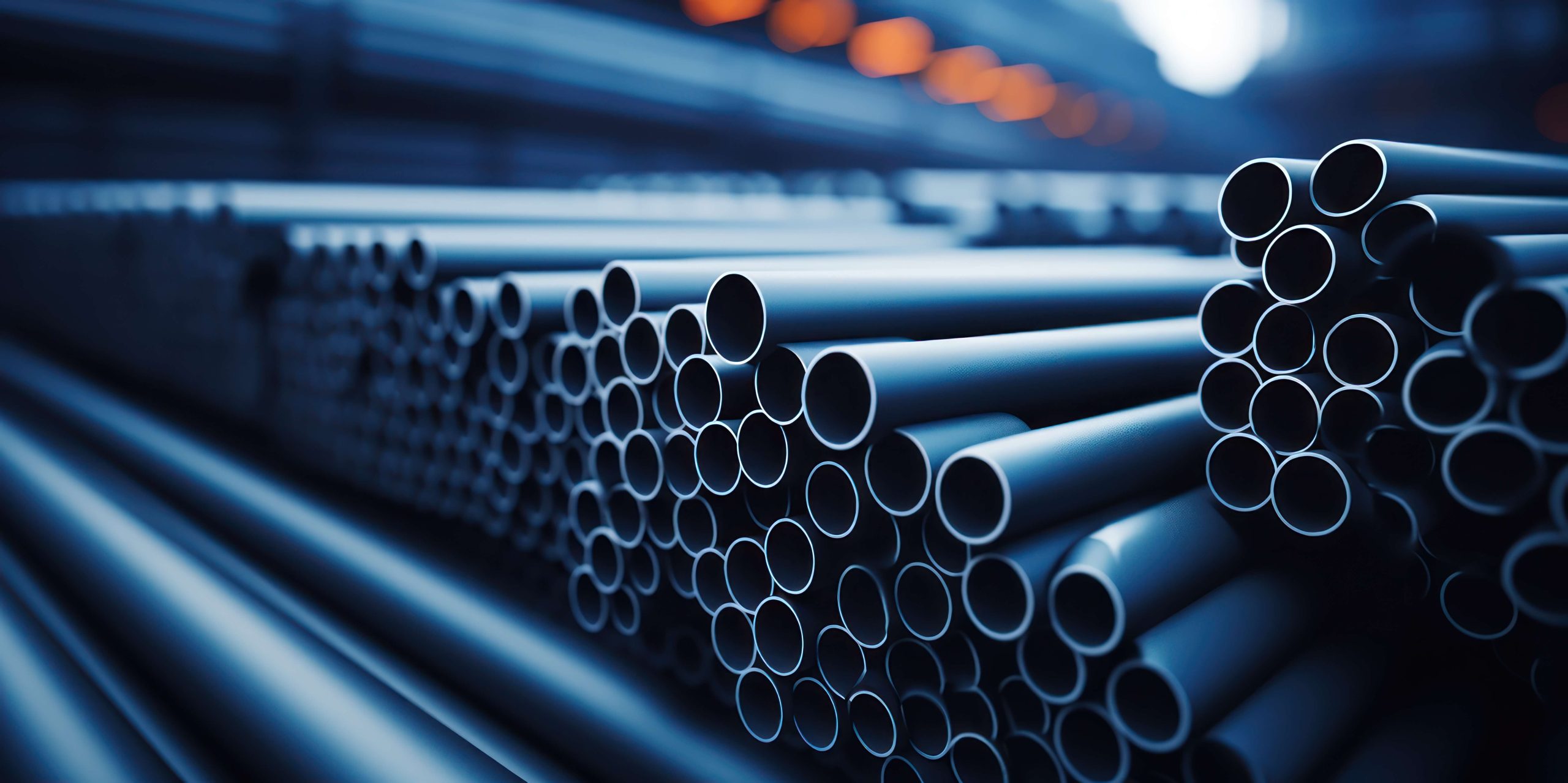Introduction
A reliable plumbing system is essential for maintaining a safe and comfortable home. However, many older homes still have galvanized pipes, which can lead to a host of plumbing issues over time. Galvanized pipes, once a popular choice, are now known to corrode and degrade, causing reduced water pressure, leaks, and water quality problems. Replacing galvanized pipes with modern alternatives is crucial for maintaining the efficiency and safety of your plumbing system.
This article explores the importance of residential repipe services, the process of replacing galvanized pipes, and the benefits of galvanized repipe services. By understanding these aspects, homeowners can ensure their plumbing systems are up-to-date and functioning optimally.
Understanding Galvanized Pipes
Galvanized pipes are steel pipes coated with a layer of zinc to prevent rust and corrosion. These pipes were commonly used in homes built before the 1960s. While the zinc coating initially protects the pipes, it eventually wears away, leading to corrosion and buildup inside the pipes.
Common Issues with Galvanized Pipes:
- Corrosion: Over time, the zinc coating erodes, exposing the steel to water and oxygen, causing rust and corrosion.
- Buildup: Minerals and debris accumulate inside the pipes, leading to reduced water flow and blockages.
- Leaks: Corroded pipes are prone to leaks, which can cause water damage and increase water bills.
- Water Quality: Rust and corrosion can discolor the water and give it a metallic taste, posing potential health risks.
The Importance of Residential Repipe Services
Replacing galvanized pipes with modern alternatives is essential for several reasons:
Improved Water Quality: Replacing corroded pipes eliminates rust and contaminants, ensuring clean and safe drinking water.
Increased Water Pressure: New pipes improve water flow, providing consistent water pressure throughout the home.
Leak Prevention: Modern piping materials are more durable and less prone to leaks, reducing the risk of water damage.
Enhanced Plumbing Efficiency: Upgrading to newer pipes enhances the overall efficiency of the plumbing system, reducing the need for frequent repairs and maintenance.
Increased Home Value: Modern plumbing systems are more attractive to potential buyers, increasing the value of the home.
The Repipe Process: Replacing Galvanized Pipes
The process of replacing galvanized pipes involves several steps to ensure a thorough and effective upgrade:
Initial Inspection and Assessment
A professional plumber begins with a thorough inspection of the existing plumbing system to assess the condition of the galvanized pipes. This includes identifying the extent of corrosion, leaks, and buildup, and determining the best approach for replacement.
Planning and Preparation
Based on the assessment, the plumber develops a detailed plan for the repipe project. This includes selecting the appropriate piping material, mapping out the new pipe layout, and estimating the time and cost involved.
Common Piping Materials:
- Copper: Known for its durability and longevity, copper is resistant to corrosion and can handle high water pressure.
- PEX (Cross-linked Polyethylene): Flexible, cost-effective, and resistant to scale and chlorine, PEX is easy to install and suitable for various plumbing applications.
- CPVC (Chlorinated Polyvinyl Chloride): A durable and affordable option, CPVC is resistant to heat and corrosion.
Shutoff and Drainage
Before beginning the replacement, the plumber shuts off the water supply and drains the existing pipes. This step is crucial to prevent water damage during the repipe process.
Removal of Galvanized Pipes
The plumber carefully removes the old galvanized pipes, cutting them into manageable sections for disposal. This process requires precision to avoid damaging the surrounding structures.
Installation of New Pipes
The new pipes are installed according to the planned layout. This involves measuring, cutting, and fitting the pipes, and securely connecting them using appropriate fittings and joints.
Key Installation Steps:
- Measuring and Cutting: The new pipes are measured and cut to fit the existing plumbing layout.
- Fitting and Joining: The pipes are joined using appropriate fittings, ensuring a secure and leak-proof connection.
- Pressure Testing: Once the new pipes are installed, the system is pressure tested to check for leaks and ensure proper functionality.
Restoration and Cleanup
After the installation is complete, the plumber restores the water supply and tests the new plumbing system to ensure everything is working correctly. The work area is cleaned up, and any necessary repairs to walls or floors are made.
Benefits of Galvanized Repipe Services
Opting for professional galvanized repipe services Chicago offers numerous benefits:
Professional Expertise: Licensed plumbers have the experience and skills to perform the repipe process efficiently and effectively, ensuring high-quality workmanship.
Safety and Compliance: Professional plumbers adhere to safety standards and local building codes, ensuring that the repipe project is completed safely and legally.
Warranty and Guarantee: Reputable plumbing companies often offer warranties or guarantees on their work, providing peace of mind and protection for the homeowner.
Time and Cost Savings: Professional repipe services are typically faster and more cost-effective in the long run, reducing the likelihood of future plumbing issues and costly repairs.
Comprehensive Solutions: Plumbers can address any additional plumbing problems discovered during the repipe process, providing comprehensive solutions and preventing future issues.
Maintaining Your New Plumbing System
After replacing galvanized pipes, regular maintenance is essential to keep the new plumbing system in optimal condition:
Regular Inspections: Schedule regular plumbing inspections to check for any signs of wear, leaks, or other issues. Early detection can prevent major problems and extend the lifespan of the new pipes.
Water Quality Testing: Periodically test your water quality to ensure it remains clean and safe. This is especially important if you notice any changes in taste, color, or odor.
Preventive Measures: Take preventive measures to protect your plumbing system, such as installing water softeners to reduce mineral buildup and insulating pipes to prevent freezing in cold weather.
Timely Repairs: Address any plumbing issues promptly to prevent them from escalating. Timely repairs can save you from costly damage and ensure the continued efficiency of your plumbing system.
Choosing the Right Plumbing Service Provider
Selecting a reliable and experienced plumbing service provider is crucial for a successful repipe project. Here are some tips for choosing the right provider:
Check Credentials: Verify that the plumbing company is licensed, certified, and insured. This ensures they meet industry standards and regulations, providing peace of mind for the homeowner.
Experience and Expertise: Look for a company with extensive experience in repipe services. Experienced plumbers are more likely to diagnose problems accurately and provide effective solutions.
Customer Reviews: Read reviews and testimonials from previous customers to gauge the company’s reputation. Positive feedback indicates reliable and satisfactory service, while negative reviews may highlight potential issues.
Transparent Pricing: A reputable plumbing company should provide clear and upfront pricing. Avoid companies that give vague estimates or add hidden charges. Request a detailed quote before work begins to understand the costs involved.
Warranty and Guarantees: Choose a company that offers warranties or guarantees on their work. This demonstrates confidence in their services and provides additional protection for the homeowner.
Conclusion
Replacing galvanized pipes with modern alternatives is essential for maintaining a safe, efficient, and reliable plumbing system. Understanding the importance of residential repipe services, the process of replacing galvanized pipes, and the benefits of professional galvanized repipe services can help homeowners make informed decisions and ensure their plumbing systems are up-to-date.
Regular maintenance and timely repairs are crucial for extending the lifespan of the new plumbing system and preventing future issues. By choosing a reputable plumbing service provider and being proactive in maintaining your plumbing system, you can enjoy the peace of mind that comes with knowing your home is equipped with a reliable and efficient plumbing system.







Be First to Comment